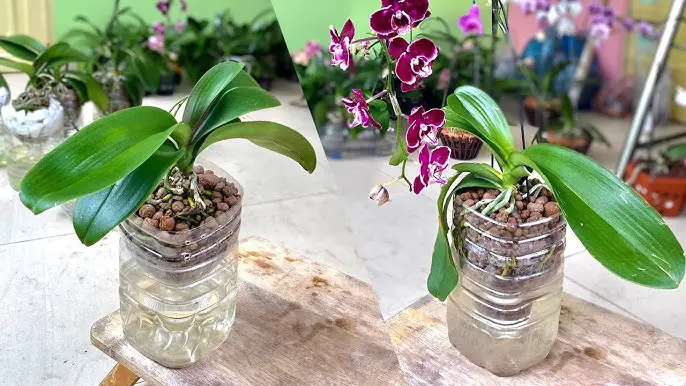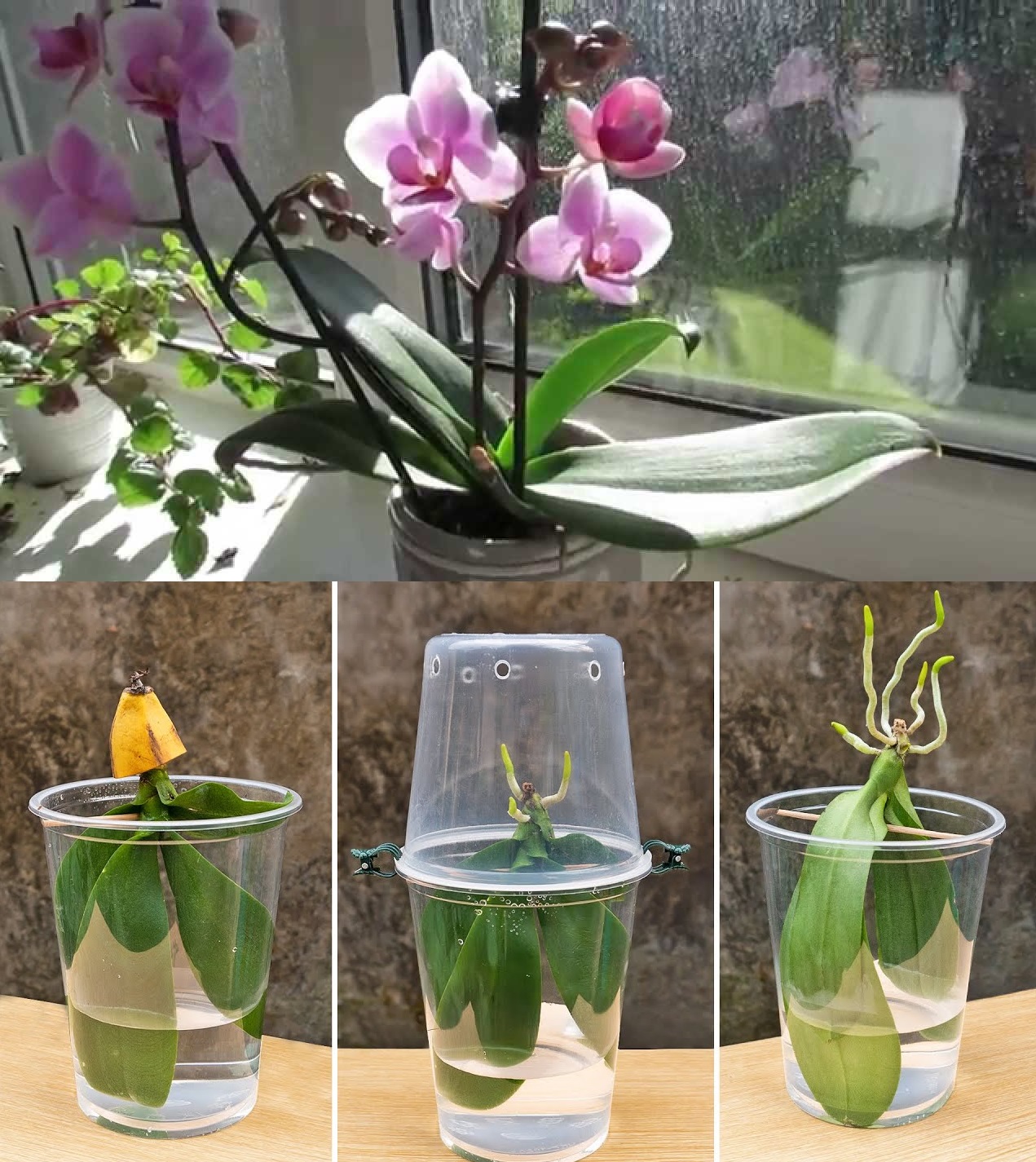
Growing orchids in water can be a unique and beautiful way to showcase these elegant plants in your home. While most orchids are traditionally grown in a well-draining mix, some species can adapt to water culture. Here’s a general guide on how to grow orchids in water:
1. Choose Suitable Orchid Species: Not all orchids thrive in water culture, so it’s important to choose species that are well-suited for this method. Epiphytic orchids, such as Phalaenopsis or Dendrobium, are generally more adaptable.
2. Select a Container: Choose a transparent container with drainage holes or slits to allow oxygen to reach the roots. The transparency helps you monitor the water level and root health.
3. Use Distilled or Rainwater: Orchids are sensitive to minerals found in tap water. Use distilled or rainwater for growing orchids in water. If using tap water, let it sit for 24 hours to allow chlorine to dissipate.
4. Maintain the Right Water Level: Keep the water level just below the base of the orchid. You don’t want the roots to be submerged constantly, as they also need access to air. Check the water level regularly and top up as needed.
5. Provide Adequate Light: Orchids generally require bright, indirect light. Place the container in a location where the orchid receives plenty of filtered sunlight. Avoid direct sunlight, as it can cause leaf burn.
6. Monitor Temperature and Humidity: Orchids prefer warm and humid conditions. Keep the room temperature between 65-75°F (18-24°C) during the day and slightly cooler at night. Maintain humidity levels around 50-70%.
7. Fertilize Sparingly: Orchids growing in water may not need as much fertilizer as those in traditional potting mixes. Dilute a balanced orchid fertilizer to half or quarter strength and apply it every 2-4 weeks during the growing season.
8. Rinse the Roots Occasionally: To prevent the buildup of salts and minerals, rinse the orchid roots with distilled water every few weeks. This helps to keep the roots healthy and enhances nutrient absorption.
9. Watch for Signs of Stress: Monitor your orchid for any signs of stress, such as yellowing leaves or root rot. If you notice any issues, adjust the growing conditions accordingly.
10. Be Patient: Orchids may take some time to adapt to water culture. Be patient and allow the plant to adjust. It’s normal for some roots to die off and new ones to emerge.
Remember that not all orchids will thrive in water culture, and individual species may have specific requirements. Always research the specific needs of the orchid species you are growing.
